On Friday 23rd September, 2016 Google confirmed that Penguin 4.0 was being rolled out across the world in multiple languages. This update is expected to be speedy but gradual in nature, with a rollout expected to be delivered over a 2 to 3 week period.
What is Penguin 4.0?
- 1 What is Penguin 4.0?
- 2 Penguin updates now continual and real-time
- 3 Penguin 4.0 no longer just a site-wide penalty
- 4 How to avoid or recover from a Google Penguin penalty
- 5 Penguin 4.0 – winners and losers
- 6 Previous versions of Google Penguin
- 7 Implications of Penguin 4.0 for website owners
- 8 Contact Opace about Penguin 4.0
Penguin was historically the name given to Google’s algorithm which targets websites which have violated their webmaster back-linking guidelines. Such violations may have been entirely innocent or obtained through “black hat” techniques. In the past many websites built a high number (often thousands or more) of backlinks purely for SEO purposes, with the intention of artificially increasing their ranking.
Google introduced Penguin to ensure that the best sites (i.e. ones naturally linked to with the best content) rose to the top of the SERPS to provide the best possible user search experience. Also, Google wanted to bring an end to the buying and selling of backlinks and instead recommend websites to focus on developing great content.
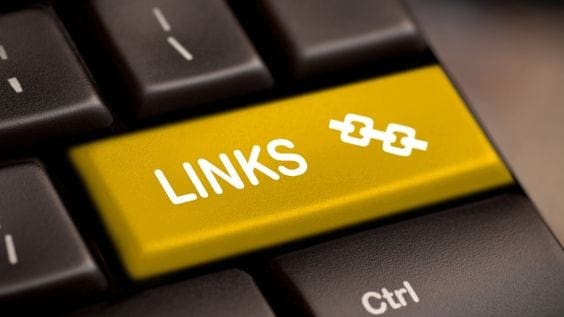
Penguin 4.0 – a great time to check backlinks
The long-awaited Penguin 4.0 is the latest version of this algorithm and is Google’s latest technique to identify and punish sites with questionable link building practices.
Penguin updates now continual and real-time
From 4.0, Google will now apply Penguin updates continuously in real-time. This is a change from previous updates which were rolled out in a “big bang” style. Google will now apply updates continuously and will not reveal from now on the dates of future updates (as there will be no need to).
Penguin 4.0 no longer just a site-wide penalty
In previous versions of Penguin, penalties were applied to the ranking of a website site-wide (i.e. every page on the website). With version 4.0 the penalty is applied on a more “granular” basis says Google, although Google have not confirmed exactly what “granular” means this is expected to be at individual page and sectional level as well as for keyword groups.
How to avoid or recover from a Google Penguin penalty
In essence nothing is new; version 4.0 is just a refinement on the basic principles that organisations should have in relation to backlink building. The real-time nature of algorithm updates is new, but certainly not the underlying motives of Penguin updates.

Google Penguin 4.0, don’t let it affect your business, take action now
Here are some practical tips and suggestions in our how to recover from a Google Penguin penalty infographic:
- Link value – Links can both be beneficial or harmful. Evaluate every link for its value and disavow where necessary.
- Natural links are best – Always remember natural links are best, there’s nothing better than an external site linking to content because they see its value. Therefore invest in quality content which is worthy of being linked to
- Be aware of Google guidelines – Google have previously published their guidelines relating to link building, please visit this link for further information
- Analyse all backlinks – It’s important to use backlink tools such as Majestic, AH Refs and Open Site Explorer to obtain a detailed picture of backlinks. For larger organisations, using more than one tool is definitely recommended for as complete a picture as is possible. Don’t rely purely on Google Search Console (formally called Webmaser Tools). Organisations which don’t have an aggregated view of backlinks will be at risk of a penalty just due to lack of awareness
- Be ruthless – When analysing backlinks if in doubt ask for a link to be removed or later disavow it instead. Take a sledgehammer approach rather than tweezers, all toxic backlinks need to be removed or disavowed, seek expert advice if in doubt
- Relevancy is vital – As a part of link evaluation it’s not just whether the site being linked to is good and with high SEO attributes and values, relevance is also important. Consider:
- the relevance of the site (e.g. an IT Company having a link on a Home Improvement site has low relevance and could look sucpicious),
- the relevance of the content topic, and
- the URL being linked to and the anchor text (this should be natural).
- Redirects have penalties too! – Penguin applies penalties to redirects as well. For organisations that have changed their website URL or forwarded satellite sites to a main domain, this could (and probably is) passing a penalty where bad back-linking practices were operating
- Talk to an expert – For most organisations the management of backlinks is all too complex, so talk to experts such as us at Opace, who can professionally review your backlink profile, provide penalty removal services and make appropriate recommendations. In particular it is wise to seek advice on the criteria for which backlinks need to be disavowed as it is obviously harmful to disavow good links
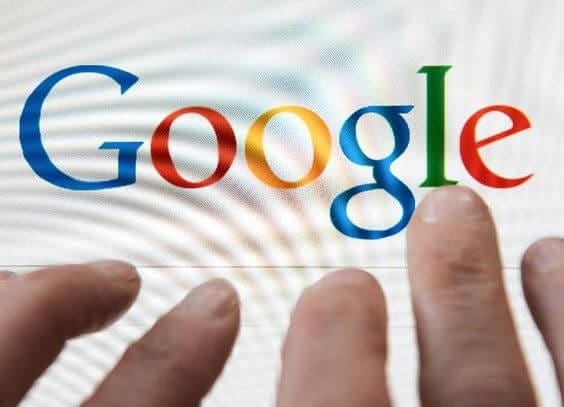
Google Penguin 4.0 – fingers need to be on the pulse of Google
Penguin 4.0 – winners and losers
Continual updates will ensure smoother changes to website rankings rather than significant changes being applied historically. Sites which had a Penguin 3.0 (and prior) penalty as at October 2014 have had to wait nearly two years for their penalties to be lifted. Whether sites will of course gain rankings will depend on how effectively they have removed Google Penguin issues in the past two years.
It’s always worth mentioning that not everybody can win! With search engine rankings for every winner there is a loser in ranking. Some websites previously unaffected by the Penguin algorithm will drop simply because other sites which have fixed Penguin issues have now risen.
Previous versions of Google Penguin
Here is a summary of the previous versions of the Google Penguin algorithm:
- 0 – April 24th, 2012
- 1 – May 26th, 2012
- 2 – October 5th, 2012
- 0 – May 22nd, 2013
- 1 – October 4th, 2013
- 0 – October 17th, 2014
- 0 – September 23rd, 2016 – now real-time
Implications of Penguin 4.0 for website owners
There are two main implications of the real-time nature of this algorithm change:
- Suffer a penalty – Any websites still practising unnatural linking will be penalised much more quickly
- Penalty recovery – Websites which disavow and/or remove bad/toxic links will recover much more quickly. It is therefore very worthwhile for businesses to invest in toxic backlink removal
Contact Opace about Penguin 4.0
Although it’s been important for quite some time to practice natural back-linking strategies it’s perhaps never been more important than now to take action.
Call Opace for an informal discussion today on 0121 222 5757. Alternatively complete our contact form or follow us on social media to discuss how we can help your organisation to benefit from Penguin 4.0.
Image Credits: Jamie Tapia, Gamma Partners and Keith Nevin
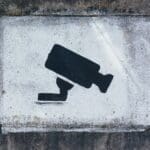

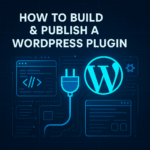

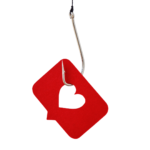
Hi David, It will be interesting to see if Pengin 4 will hit advertisers as badly as previous penguin updates.
Great post David. I was wondering, can we still edit contents that were causing the penalty? or would it be better to completely delete them?
Hi Emmerey, it depends on the type of penalty but if you’re referring to low quality or unnatural backlinks, my recommendations would be to completely remove the content/link and keep a formal record of any clean-up work you’ve undertaken.
Just noticed your response. Thank you for the tip! 🙂 Helps a lot.